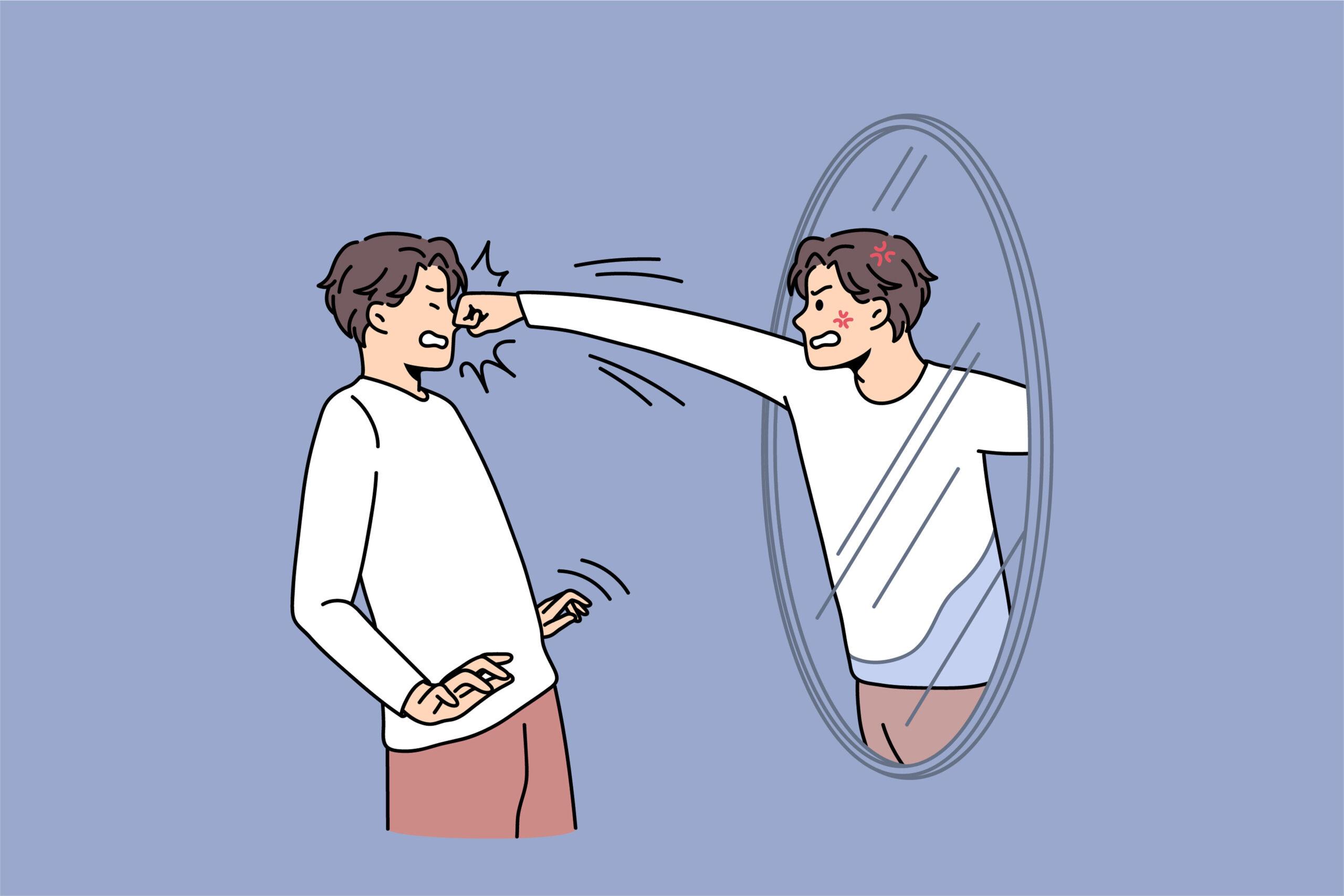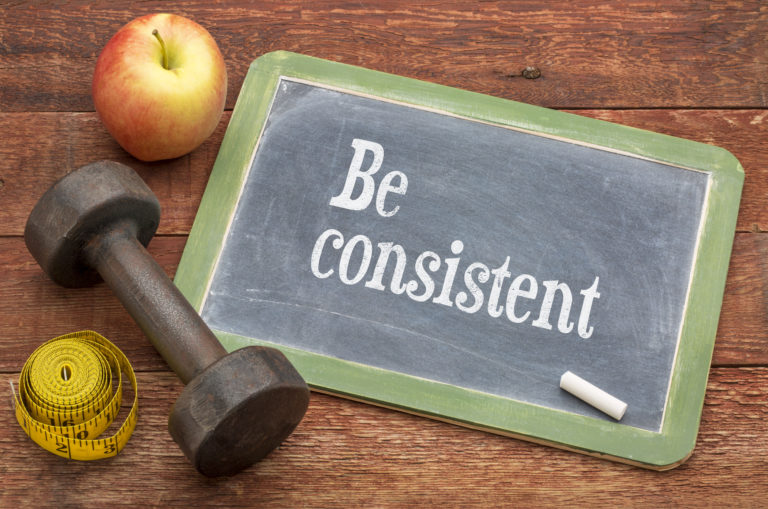our worst enemy
Every time we step on the mat, the person we face is as dangerous as they come. This person knows our every move and every weakness. They have the potential to destroy our relationships, ruin our finances, lead us into legal and medical difficulties, poison us, addict us to drugs or alcohol, and turn us into abusers. This person is, of course, ourselves.
While we cannot control everything around us, we can choose to look at things positively and adapt to circumstances. With practice, we can change how we handle challenges. However, this work is rigorous; changing deeply ingrained patterns requires concentrated effort and involves a struggle—a battle against ourselves.
Our lives are made up of small events, and we gain control one event at a time. Something happens, and we react. Suppose, for example, that Frank yells at Simon. How does Simon react? He might think that Frank was abusive and deserves punishment, or he might see that Frank is expressing his pain and respond with compassion. How Simon reacts in this small case, and in others like it, will be a major factor in determining the quality of his life.
Most people are not even aware of how they have shaped their perceptions. They do not even suspect that their perceptions can be changed. Others see that change is possible and desire it. But the desire to change is only the first step. Although we want the right things, our feelings may push us in another direction, creating inner conflict. We may want peace but become impatient when a clerk moves slowly, lose our temper at a family member with dementia, or wish ill on another out of jealousy or frustration. It’s difficult to be consciously aware of every instance of such inner disharmony—perhaps because we are so accustomed to living disharmonious lives. But Aikido teaches us to be aware of conflict and to do what we can to resolve it. Through Aikido practice, we learn to recognize these moments of inner conflict and respond with calmness and control, transforming negative reactions into opportunities for growth and harmony.
Techniques of self-control can teach us not to act in anger, but learning not to be angry in the first place is something else entirely. Knowing that anger is an inappropriate response does not prevent the emotion from arising. And, where there is passion, there is always the possibility of violence. How many people are harmed in moments of passion—jealousy, envy, revenge, anger, or fear?
In Aikido, we strive to cleanse our desires and thoughts so that we can act without inner struggle and without self-repression. We aim to speak our minds without reservation and without the fear that hidden hostilities will surface and hurt others. In short, Aikido teaches us to navigate our inner struggles and move towards true peace.
Part of Aikido’s vision is that we can learn how to get along without hurting one another. But how can we preach peace to others if we are at war with ourselves? To achieve harmonious relationships with others, we must first find peace within our own hearts. Aikido helps us to discover that inner peace.
Can we attain a state of harmony so complete that there is no inner conflict at all? Or is the best we can do to get better at balancing opposing desires in our choices? I don’t know. But it seems clear that if there are any truly harmonious and peaceful people, they are very few. The majority of us, who are engaged in some form of inner struggle, need to be very careful about which battles we choose to fight.



